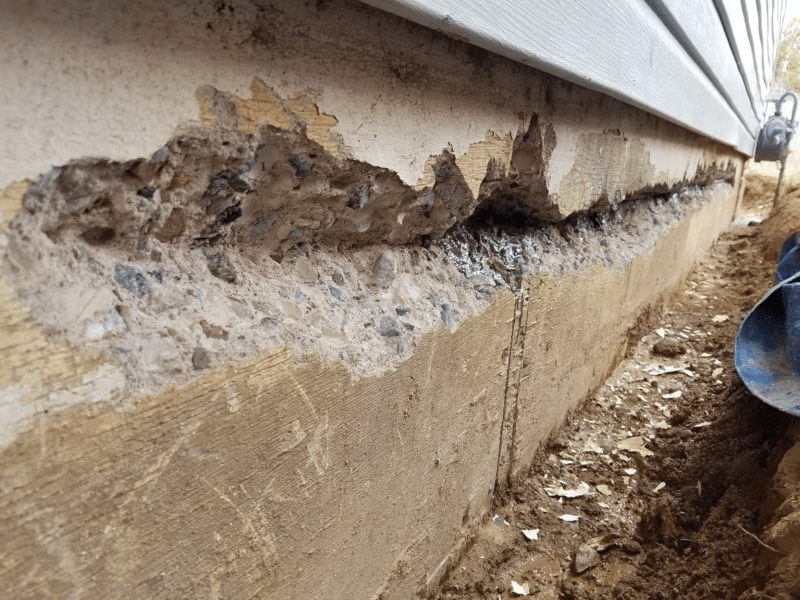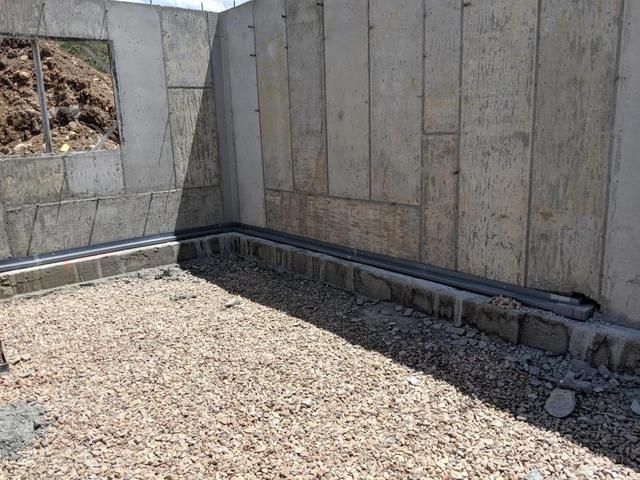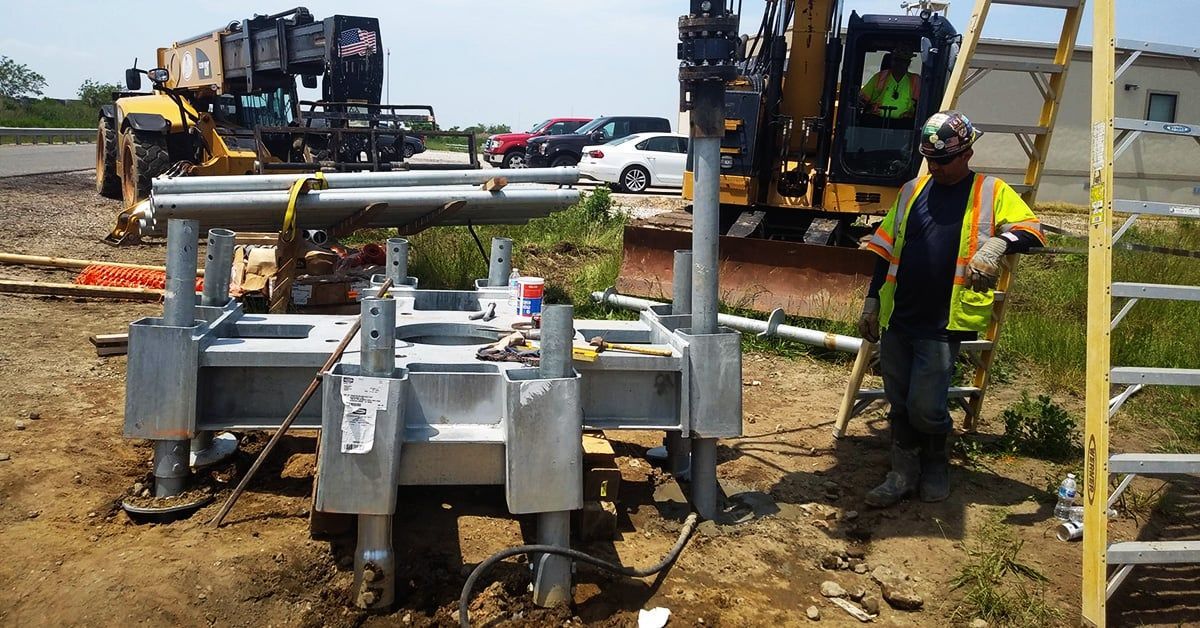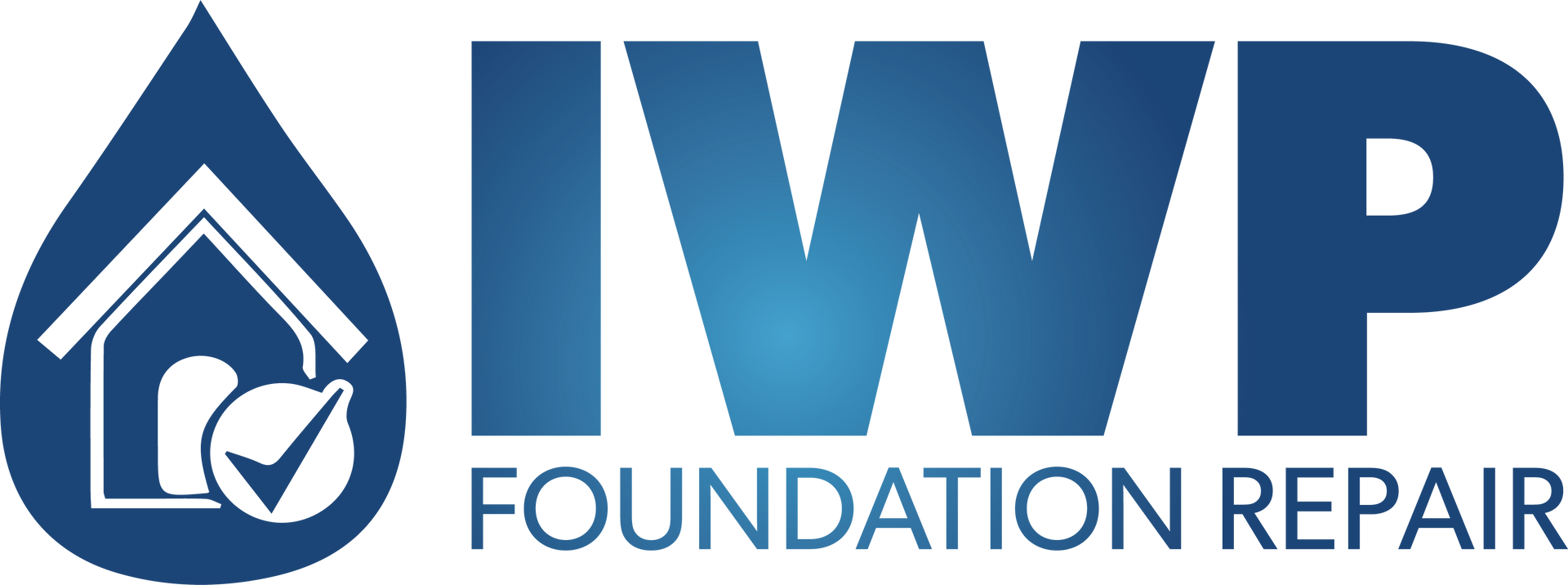The Ultimate Guide to Waterproofing for New Construction
Water damage is one of there leading causes of structure issues and financial headaches for property owners. For new construction projects, ensuring a waterproof foundation and structure is paramount to protect the investment and ensure the longevity of the building. In this comprehensive guide, we'll explore the importance of waterproofing in new construction, the different methods and material available, and the steps to take to safeguard your new building from water-related woes.
Why Waterproofing is Crucial for New Construction
Prevents Structural Damage: Water infiltration can weaken the foundation, walls, and other structural elements of your building over time. Waterproofing acts as a protective barrier, preventing water from compromising the integrity of your construction.
Promotes Healthy Indoor Environments: Moisture can lead to mold and mildew growth, which not only damages your property but can also pose serious health risks to occupants. Proper waterproofing ensures a dry and healthy indoor environment.
Enhances Energy Efficiency: Water infiltration can reduce the insulation properties of building materials, leading to increased energy consumption for heating and cooling. Waterproofing can help maintain energy efficiency by keeping moisture out.
Preserves Aesthetic Appeal: Water damage can mar the appearance of your building, leading to costly repairs or renovations. Proper waterproofing preserves the aesthetics of your construction, reducing maintenance costs in the long run.
Methods of Waterproofing for New Construction
- Exterior Waterproofing
- Foundation Coatings: Waterproof coatings, like asphalt or rubberized coatings, are applied to the exterior foundation walls to prevent water penetration.
b. Drainage Systems: French drains, exterior weeping tile systems, and exterior waterproof membranes redirect water away from the foundation, preventing hydrostatic pressure build-up.
c. Waterproof Membranes: Bituminous or synthetic membranes are applied to the exterior foundation walls to create a waterproof barrier.
2. Interior Waterproofing
a. Interior Sealants: Waterproof sealants and coatings are applied to the interior of foundation walls to prevent moisture from entering the building.
b. Interior Drainage Systems: Sump pumps and interior drainage channels can manage and remove water that enters the building.
Materials Used in Waterproofing
- Waterproof Membranes: These are typically made of bitumen, rubberized asphalt, or synthetic materials like PVC or EPDM. They create a barrier against water penetration.
- Sealants and Coatings: These include cementitious coatings, acrylic sealers, and epoxy based solutions, which are applied to surfaces to seal and waterproof them.
- Drainage Systems: French drains, weeping time systems, and interior drainage channels are essential components of effective waterproofing systems.
- Grading and Landscaping: Proper grading around the building can direct surface water away from the foundation, preventing water intrusion.
Steps to Waterproof New Construction
- Assess Site Conditions: A thorough assessment of soil conditions, water tables, and drainage patterns is crucial to determine the appropriate waterproofing strategy.
- Choose the Right Materials: Select waterproofing materials and systems that are suitable for your specific construction type and environmental conditions.
- Hire Experienced Professionals: Waterproofing is a specialized task. Its essential to hire experienced contractors who understand local building codes and best practices.
- Install Proper Drainage: Ensure that effective drainage systems are in place to manage water runoff and prevent water buildup around the foundation.
- Regular Inspections and Maintenance: Conduct regular inspections to identify any signs of water damage or deterioration in your waterproofing systems. Timely maintenance can prevent costly repairs.
Waterproofing is not an option but a necessity for new construction. It protects your investment, ensures structural integrity, promotes healthy indoor environments, and enhances energy efficiency. By understanding the different methods, materials, and steps involved in waterproofing, you can safeguard your new construction project from water related issues and enjoy peace of mind for years to come. Always consult with experienced professionals to ensure the best waterproofing solution for your specific needs.










HAVE PEACE OF MIND WITH IWP FOUNDATION REPAIR
With over 30 years of combined experience in the business, you know that you can trust our team to get the job done right the first time. We value the customer experience, which is why we take the time to listen to your concerns, answer all your questions, and explain the best plan of action for your home. If you’ve noticed any foundation issues at all, no matter how minor they seem, you should call a professional. Our expert team is waiting for you, so call today for a free evaluation!


